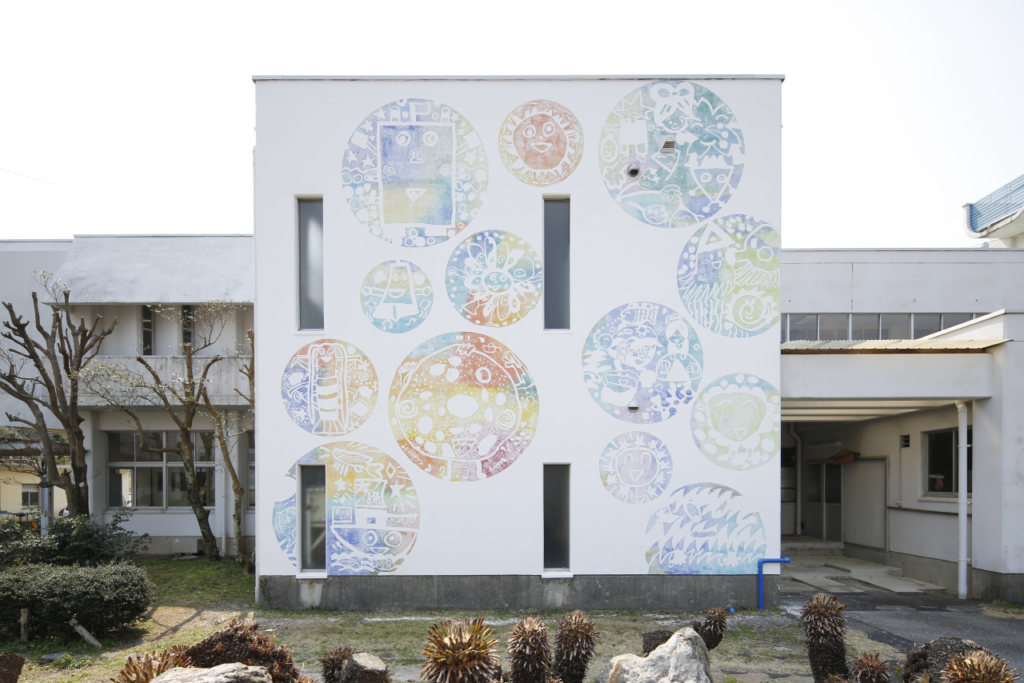【JAPAN】
About the Project
In March 2016, Iromiya Elementary School in the Yonozu area of Saiki, Japan closed after 142 years of teaching the children of the local community. Because the local population had significantly decreased, the school was to be merged with Koyo Elementary School, and then that school would be reopened as Yonozu Elementary School in April 2016.
Manpei Tomimatsu, a Saiki City Council member, and a graduate of Iromiya Elementary School, approached us about organizing a memorial event for the closing of the school. We proposed creating a giant fresco mural on the outdoor wall of the school. The principal welcomed this proposal which would be one of the largest outdoor fresco murals in Japan.
This project was successfully completed thanks to the cooperation of many people, including teachers, parents, students, elderly people in the Iromiya area, and volunteers from Ritsumeikan Asia Pacific University and Oita University. The students of Iromiya Elementary School created vivid images that express the beauty of Yonozu. Adult volunteers from the community enjoyed helping make the drawings carved onto the wall.
Chara-Rimpa Project aims to provide an opportunity for participants to feel the power of the work of the mural artists and also the power of working alongside young children who play the starring role. Ultimately everyone works together to create a memorable mural, a symbol of their communal work, that remains in the community and becomes a lasting reminder of the feelings experienced during its creation.



Process of the Fresco Project “Fly High into the Future” in Yonozu
Step 1: Making the Full-Scale Drawing (12/12/2015)
Students received a “mission card” on which a theme for their drawing was described in words. Using that prompt, they came up with an original design which they transferred onto a large sheet of paper which was the actual size of the mural wall, using special, large brushes.

Step 2: Making the Cartone (1/22/2016 & 2/6/2016)
We then cut the original wall-sized drawing into smaller, manageable pieces. The adult volunteers then made small holes along the lines drawn by the students. When all the edges were lined with small holes, the paper was ready to be used. This technique has been used since the time of Michelangelo Buonarroti (1475-1564).

Step 3: Applying the Undercoat (2/14/2016 – 2/27/2016)
To prepare the wall, first scaffolding was set up and damaged portions of the wall were repaired. Then two layers of different kinds of mortar were applied as an undercoat.

Step 4: Making Lime Plaster (2/14/2016 – 2/27/2016)
Lime plaster is used as the base of fresco murals. Tsukumi City, a neighboring town of Saiki, is known for its abundant limestone mine- they have the largest limestone reserves in Japan. Marukyo Bekkai, Inc. in Tsukumi generously provided 1 ton of limestone to our Iromiya Mural Project.


Step 5: Sgraffito Workshop (3/11/2016)
Limestone evangelist, Nobuhiro Torigoe of Marukyu Bekkai, offered a workshop for the school children to experience the sgraffito technique, which was used to make the Iromiya mural.


Step 6: Buon Fresco (3/12/2016)
Buon Fresco in Italian means “True Fresc0”. In the buon fresco process multiple colors are applied onto the first lime plaster layer.


Step 7: Applying the Second Lime Plaster Layer, Spolvero and Sgraffito (3/13/2016)
Skilled plasterers applied another layer over the first colored layer, then the paper cartone drawings were applied to the wall. Volunteers then worked using the spolvero process- rubbing blue chalk powder into the small holes of the cartone design so that the outlines of the students’ drawings appeared on the surface of the second plaster layer as small blue dots. Then the volunteers carefully scraped off the second layer along the dots. This was the final process.
For lunch, everyone enjoyed delicious special sesame paste udon soup and semi-dried fish from the local Yonozu sea! YUM!!



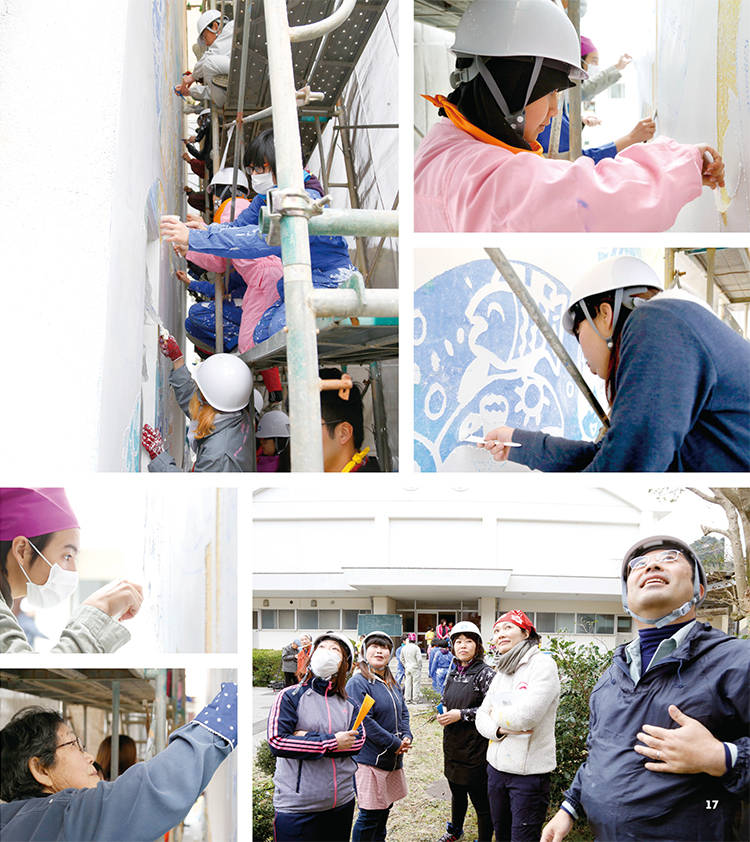
Unveiling Ceremony (3/27/2016)
Shizuko Miyawaki, who helped with making the cartones wrote a nice tanka poem describing the mural color as “the permanent ocean color.” We hope the memories of Iromiya Elementary School and the fresco mural will remain forever! Goodbye Iromiya Elementary School and hello Yonozu Elementary School!!
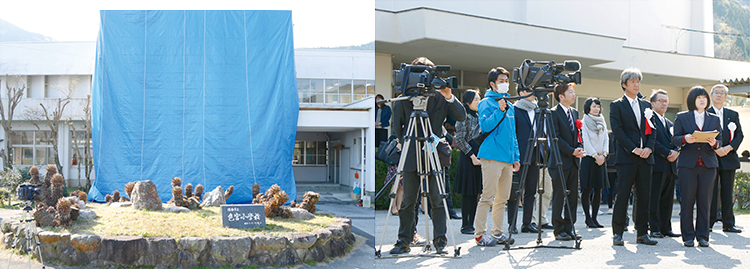
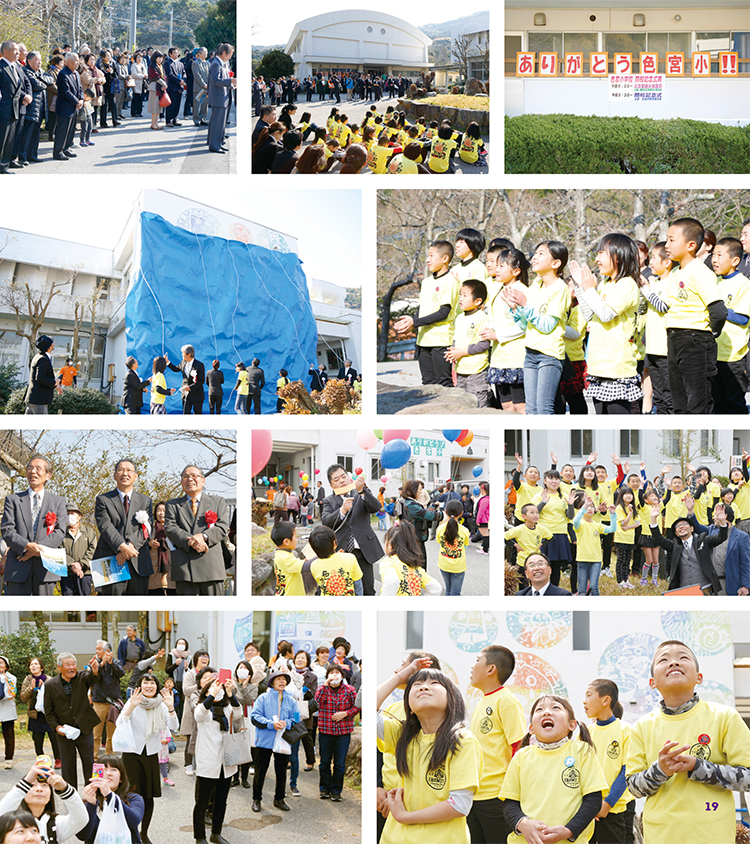
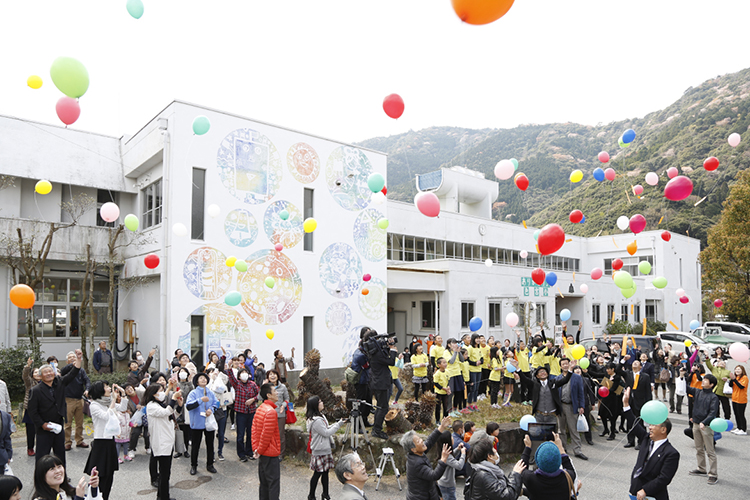
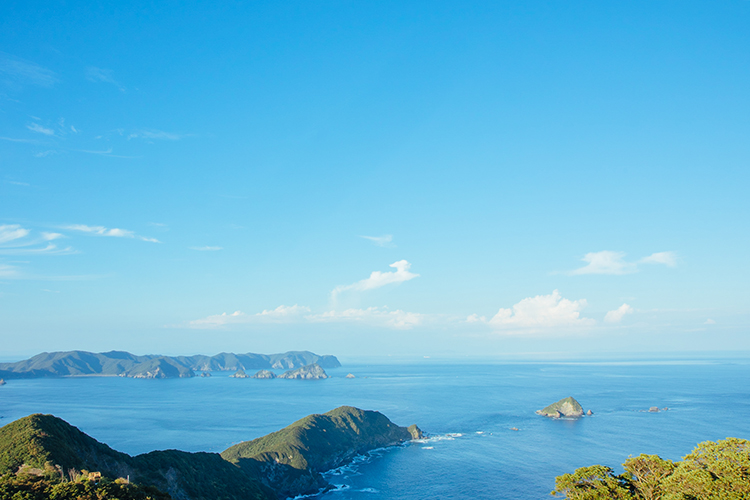
Information
Iromiya Elementary School
1742 Irori-ura, Yonozu, Saiki city, Oita-Prefecture, JAPAN
Dates:
December 2015 – March 2016
Size:
8 m x 8 m (26.2 ft x 26.2 ft)
Organizer:
Chara-Rimpa Project (Pacific Kids Mural Foundation)
Sponsors:
Saiki City
Lumbini Kindergarten
Chara-Rimpa Project (Pacific Kids Mural Foundation)
Supporters:
Oita Prefecture, Committee of Commemorative Project for Iromiya Elementary School, Marukyo Sekkai, Tanigawa-Gumi, Yoshimi-Seko, Shuto-Naiso, Yamashita AD Company, Lumbini Kindergarten, Zenkyoji Temple, T.S.A.P, PG Collabo
